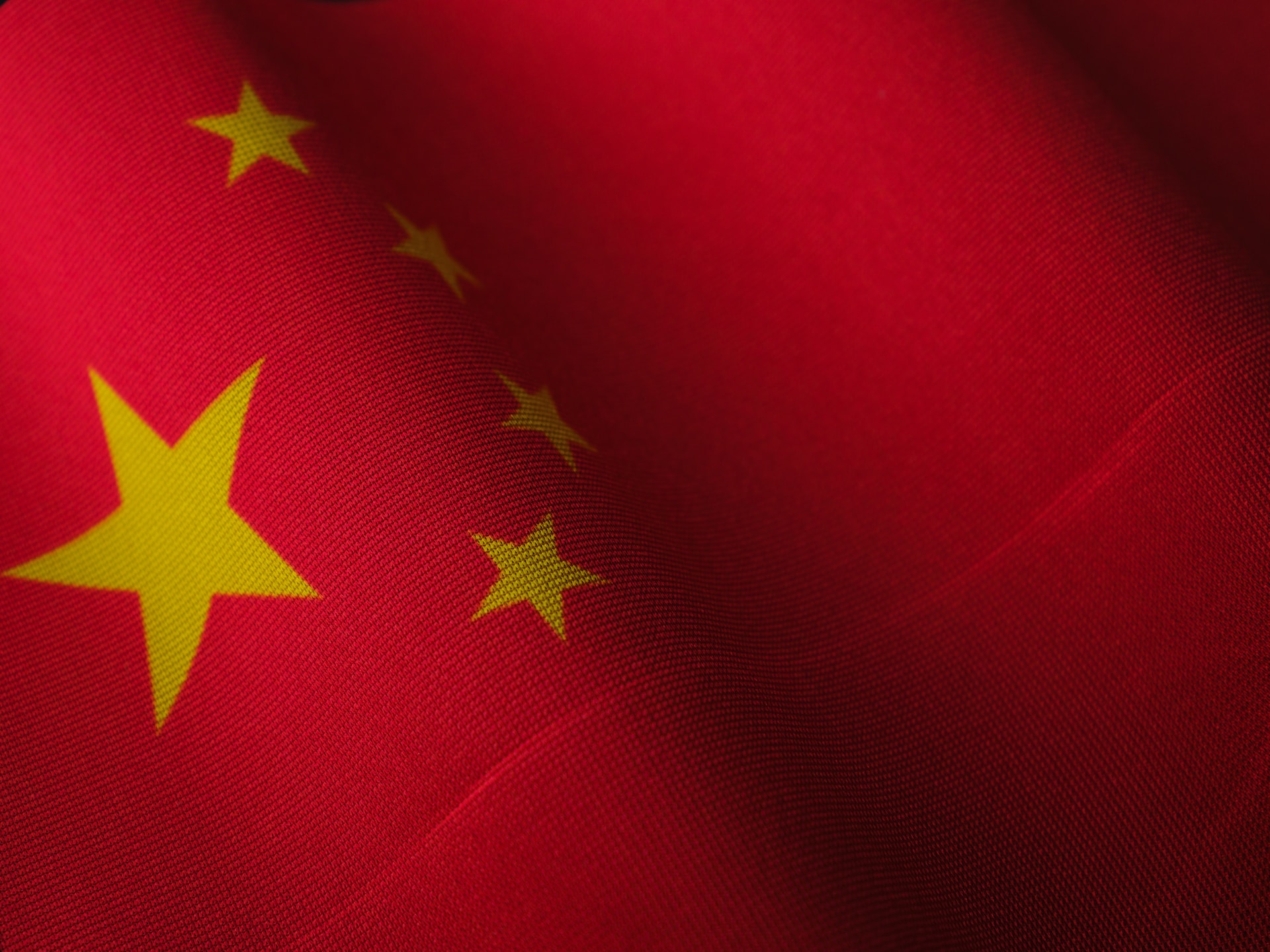China Exports Recovers, Global Risks Weaken

As factories hopped-up after COVID lifting lockdowns, China’s exports increased at a high speed in five months in June. However, there’s a rocky road ahead for the economy due to the downturn in imports, recent virus outburst, and a darkening global outlook.
The bounce back in exports indicated a relieving of supply chain disruptions and congestion of ports that worsened the second largest economy in the world when the government rolled out widespread lockdowns.
In June, outbound shipments increased 17.9% a year earlier, the fastest growth since January, compared with a 16.9% gain in May and much more than analysts’ expectations for a 12% rise.
“This jump reflects the easing of supply chain disruptions coming out of lockdowns and, most importantly, fewer bottlenecks at ports,” said senior China economist at Capital Economics. Julian Evans-Pritchard.
“Although total container throughput at Chinese ports was little changed last month, the recent weakness of domestic shipping demand has freed up more port capacity for foreign trade,” Evans-Pritchard added.
Daily container throughput at Shanghai port in June had recovered to at least 95% of year-earlier levels, according to official data.
China’s autos, computers, and steel products played a part in the growth in exports. A year earlier, China exported more than 240,000 vehicles.
The growth in exports is possible to fade as global interest rates rise to keep inflation under control, beginning to deplete demand and broader economic growth, economists said.
The threat of more COVID restrictions also hangs over Chinese businesses and households, as the war in Ukraine has put pressure on supply chains and raised exporters’ operating costs in the world.
The foreign trade of China still faces instability and uncertainty, said spokesman for the General Administration of Customs Li Kuiwen.
“As the demand in the developed countries shifts towards services from goods, the strong export growth may not be sustainable in the second half of the year. The current (COVID) outbreak in Shanghai and some other cities again cast uncertainty to the economic recovery in Q3,” Zhang added.